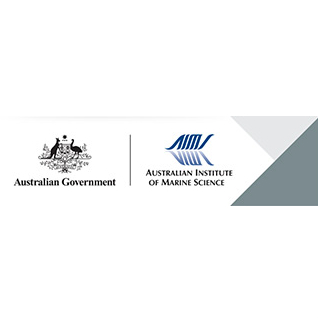Full description
The distribution of genetic variation of 7 microsatellite DNA markers in the mass-spawning coral Acropora tenuis was measured to infer patterns of connectivity among reef systems in the offshore (Scott Reef and Rowley Shoals) and coastal (Dampier Archipelago and Ningaloo Reef) zones of northwest Australia.Samples from 1156 colonies of Acropora tenuis were collected from 6 or 7 sites (more than 40 colonies were collected from most sites) at each of the Scott Reef, Rowley Shoals, Ningaloo Reef and the Dampier Archipelago systems.To minimize multiple collections of the same genet that may have been produced through asexual fragmentation or propagation (ramets), only a colony that was physically distinct and more than 1.5 m from other colonies was sampled. Note this provided an unbiased underestimate of the real contribution of asexual reproduction. Clonality was measured by calculating the proportion of unique multilocus genotypes as (Ng:N) at each site: of the 1156 samples collected, 1061 had unique multilocus genotypes.To explore the historical genetic connections among sites and systems, the amount of genetic variation were analysed within and among sites with respect to different alleles (FST), and on the sum of squared size differences of the alleles, assuming a stepwise model of mutation (RST).To further quantify the relationships among sites, 3 genetic distance measures between pairs of sites were calculated: DLR, which compares the likelihoods of complete multilocus genotypes in two populations; DS, Nei's standard genetic distance; and pairwise FST.Genetic diversity measures were calculated with FSTAT v2.9.3 as an unbiased estimate of gene diversity (HSK) and allelic richness (RS) per locus and site. The loci names use a prefix for the species followed by 2 or 5 according to the repeat motif type (di- or pentamer), followed by a number: Amil2-006, Amil2-010, Amil2-011, Amil2-012, Amil2-018, Amil2-022, Amil5-028.To assess genetic structure and diversity using 7 DNA microsatellite loci of the mass-spawning hard coral, Acropora tenuis, from a series of isolated and discontinuous coastal and offshore reef systems in northwest Australia.To test whether genetic and genotypic (clonal) diversities vary between the high-latitude, offshore reefs and the low latitude, coastal reefs.To gain further insight into degree of isolation, effective population size and the importance of asexual versus sexual reproduction.
Lineage
Maintenance and Update Frequency: notPlannedNotes
CreditUnderwood, James N, Dr (Principal Investigator)
Modified: 15 09 2025
text: westlimit=121.69; southlimit=-14.24; eastlimit=122.07; northlimit=-13.6
text: westlimit=118.8333; southlimit=-17.6667; eastlimit=119.8; northlimit=-17.0
text: westlimit=113.4; southlimit=-22.9; eastlimit=114.0; northlimit=-21.65
text: westlimit=116.0; southlimit=-20.8; eastlimit=117.3; northlimit=-20.2
Genetic diversity and divergence among coastal and offshore reefs in a hard coral depend on geographic discontinuity and oceanic currents: Underwood JN (2009) Genetic diversity and divergence among coastal and offshore reefs in a hard coral depend on geographic discontinuity and oceanic currents. Evolutionary Applications 2: 222-233.
local : articleId=8006
- global : da2e3689-6752-4261-9762-7a2f8d3c69a6


